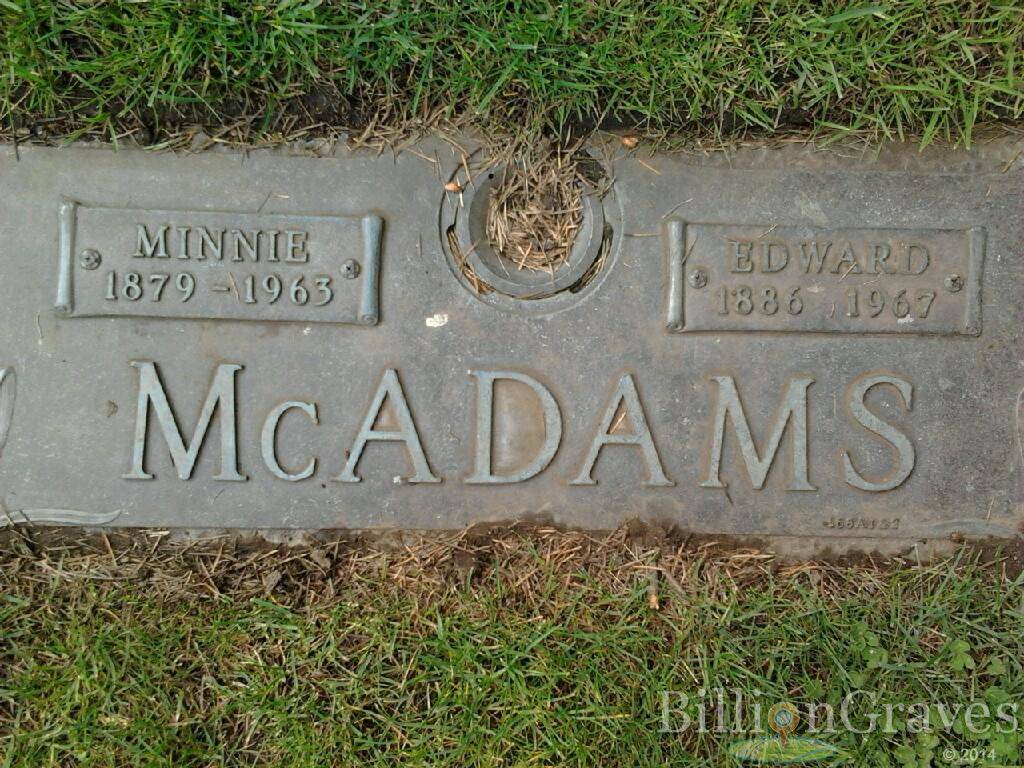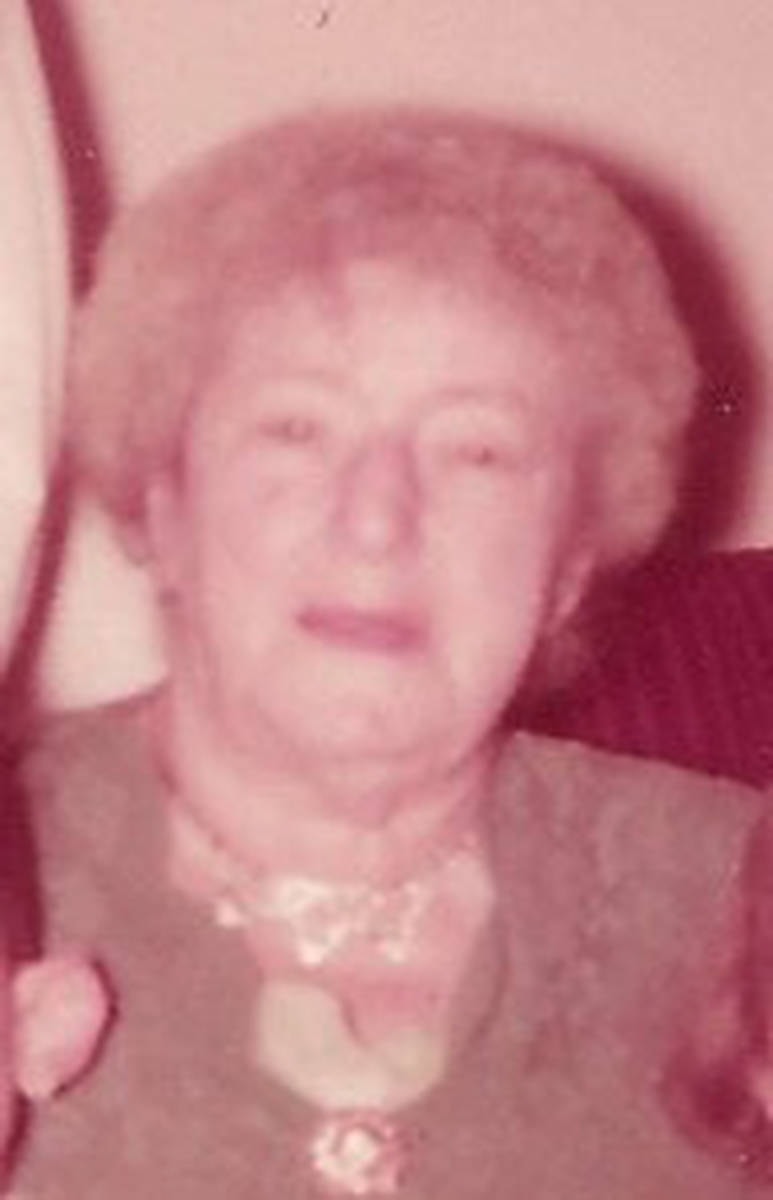I consider it both an honour and a privilege to have been able to bring a little bit of life back to another soldier of the Great War, S/Maj. Edward McAdams. —Jim LaBossiere.
In early March 1915 the 5th Bn. was near Estaire, France and several men had already been shot. On March 26, one section of Company 4 (Edward was in Company F, so likely now Company 6), broke into a wine cellar “and raised cain. All placed under arrest.” It should come as no surprise that the men had to have some diversions, even if it got them into trouble.
On April 1, 1915 they were moved towards Poperinghe, west of Ypres and were now in Belgium. On April 14 they were moved by motor buses and into the trenches. On April 23 and 24, the diary says they’re at Gravelstafen and describes, “Bank of greenish-yellow smoke seen enveloping the left front of our position.”
This is one of the first uses of chlorine gas against Allied troops. Casualties 50: seven killed, 35 wounded, eight missing. And so it continued for four days until on the 28th, they were pulled back to a rest camp. April total: 22 killed, 174 wounded, 40 missing, 47 evacuated out sick. And the worst had not even begun. This became known as the 2nd Battle of Ypres and it was the first major battle fought by Canadian troops in the First World War. It took place from April 22 to May 25, 1915.
In May the 5th Bn. was pulled back into France and by May 16, 1915 were at Robecq which is about 30 km south west of Ypres. On May 20, 1915 they were near Bethune, France and moved into the trenches again. This was the last week of the above named battle and they came under heavy shelling and machine gun fire for several days. In these early days of the First World War, the diaries of some units listed every soldier killed, wounded, missing or sick by name and regimental number and so the butcher’s bill for May 23, 1915 is seen to include the name of 13340 Pte. E. McAdams. The diary doesn’t give any details as to what happened nor how serious the wounds were, in fact it doesn’t even say whether or not he’d been killed; it simply listed him as a casualty.
To learn more, we have to go back to his war records.
Here are a few details of Edward’s medical journey: May 23, the 2nd Canadian Field Ambulance picked him up. On May 25 he’s at the 13th Field Station and listed as having G.S.W. (gun shot wounds) to his arms and chest. On May 29 he’s at the 11th Field Station before being transferred to England. At one of the field stations, his wounds are described differently, as being from Gren. Wd. (possibly grenades). By May 31, Edward has moved to his homeland and into a hospital at Edinburgh. On July 31 he’s transferred to Bo’Ness Carriden Hospital, possibly very close to where he grew up near Glasgow, but not Boness Road, although nearby. On Oct. 26, 1915, he’s discharged to the field and declared fit for duty; however it appears that he doesn’t see combat again…
On Aug. 16, 1916 he was promoted to Acting Corporal and, five weeks later, promoted to Sergeant. (His war records don’t mention S/Major, but the surviving certificate is quite clear). During this time, Edward seems to have been made part of the C.T.W.S. (Canadian Trench Warfare School), based at Crowborough, England and was likely used as an instructor although his records don’t specifically say this.
Crowborough is close to Royal Tunbridge Wells and is about 40 km southeast of London and it’s here that he met a lady who captured his heart for on Jan. 8, 1917, he was granted permission to marry. A search of English marriage records and careful scrutiny of his war records shows that about March 1917, Edward McAdams married Minnie Wood of Kent, Eng. (The exact date is only available by buying a copy of the marriage record.) Minnie, a barmaid, was about eight years his senior and a divorcee with at least one sister, Alice, who later lived in Toronto.
By August 1917, Edward was declared unfit for further duty and it was decided to send him back to Canada. He was given an honourable discharge and this is probably about when the certificate would have been awarded. He embarked from Liverpool on Aug. 2, 1917, leaving Minnie behind to join him later. Edward arrived at Halifax, Nova Scotia, Sept. 25, 1917. (It’s not known why the voyage took so long.) He was listed as bound for Ladysmith, B.C as a miner.
Edward eventually spent about a year of recovery at military hospitals in Victoria and Sidney. Minnie was finally able to join him the next year and she arrived at Halifax on May 29, 1918. She was accompanied by 14 year old Walter Robert Darby-McAdams. In the 1921 Canada Census, Edward, Minnie and Walter Darby are living at Cumberland, where Edward and Walter are both labourers in a coal mine and Walter was listed as their stepson. They have no other children and Minnie was now listed as 37 years old; in fact, she was actually well over 42 years, having been born in 1878. Not being able to solve the Robert Darby mystery myself, I asked colleagues at the Canadian Expeditionary Force Study Group for help and they soon were able to find that Minnie Wood had originally been married to Richard Darby in 1901 and that Walter Robert Darby, her son, was born in 1904.
So back to Edward’s lost certificate. He was honourably discharged in March 1917 prior to being shipped back to Canada, although the Canadian military certainly must have looked after him for the year or so he spent recuperating in Canadian hospitals in 1917 and 1918 before Minnie and Walter joined him.
To answer T.W.’s question, “Which battles was he in?” S/Major Edward McAdams served as a Private with the 5th Canadian Infantry Battalion, mainly in the 2nd Battle of Ypres, partially at Gravelstafen and the horrific chlorine gas attacks, then near Bethune, France. His medical records state he suffered headaches and facial paralysis for much of his military life after he was wounded. Did he ever fully recover? How about mentally?
Minnie and Edward lived in Victoria at View Royal for over 45 years. During that time they went back to England together at least once, in May 1952. They were bound for Sittingborne, Kent, where Minnie had been born, quite possibly to visit family. Another curious fact is that on March 6, 1937, Edward McAdams disembarked from the SS Duchess of York at Greenock, Scotland near Glasgow which he’d left about 29 years earlier. He was bound for Chapel Hall, Lanarkshire, where he’d been born some 51 years earlier. Edward was listed as intending to be a hotelkeeper. What was this about and where was Minnie? Why start a hotel in Scotland? Did his family invite him to join them?
One thing is known and that’s the fact that the couple stayed together. Minnie passed away first, on Nov. 10, 1963 at the Royal Jubilee Hospital, Victoria from heart disease. She’s buried at Hatley Gardens in Colwood. A few years later, it seems that Edward was off on yet another trip to England in 1967 and he died at sea on April 18, 1967. His body was returned to Canada and he lies beside Minnie at Hatley Gardens. From Minnie’s obituary, it’s known that her son Walter married and had at least one daughter and this daughter appears to have had four children.
So, is this the end of the story? Well, no, it depends on how much more research does someone wish to do. I was able to find many vital records in only a day or two on the internet and with the gracious help of the Victoria Genealogy Society who located Minnie’s obituary in the Victoria Daily Times and the other records from my CEFSG friends.
I’ve by no means answered all of the questions nor followed all of the leads. I do, however, consider it both an honour and a privilege to have been able to bring a little bit of life back to another soldier of the Great War, S/Maj. Edward McAdams.
TWP: There’s more. Jim wanted to know if there were any photos of this almost forgotten soldier. Perhaps he still had family on the Island? So back onto the internet he went to find:
All four great grand children now live in the Cowichan Valley, one at Lake Cowichan, the rest around Duncan. He had a long talk with the one great granddaughter who was very pleased to hear about all his research, some of which he has shared with her. “They were always curious about their grandfather’s name of Darby,” says Jim. “He legally changed it to McAdams on his own accord after S/Maj. McAdams died at sea and his casket was sealed. His granddaughter told me she was about 18 at the time and wondered if he was really in it. Her parents died a few years ago and her brother got rid of the collection of old furniture. The granddaughter Joyce McAdams was an only child and she still had a lot of Grandfather (S/Maj.) McAdams’ things, so that’s how the disability certificate got to the thrift store.”
There you have it, with the accompanying photos of Edward and Minnie McAdams. This time, thanks to Jim LaBossiere, it is The End.

